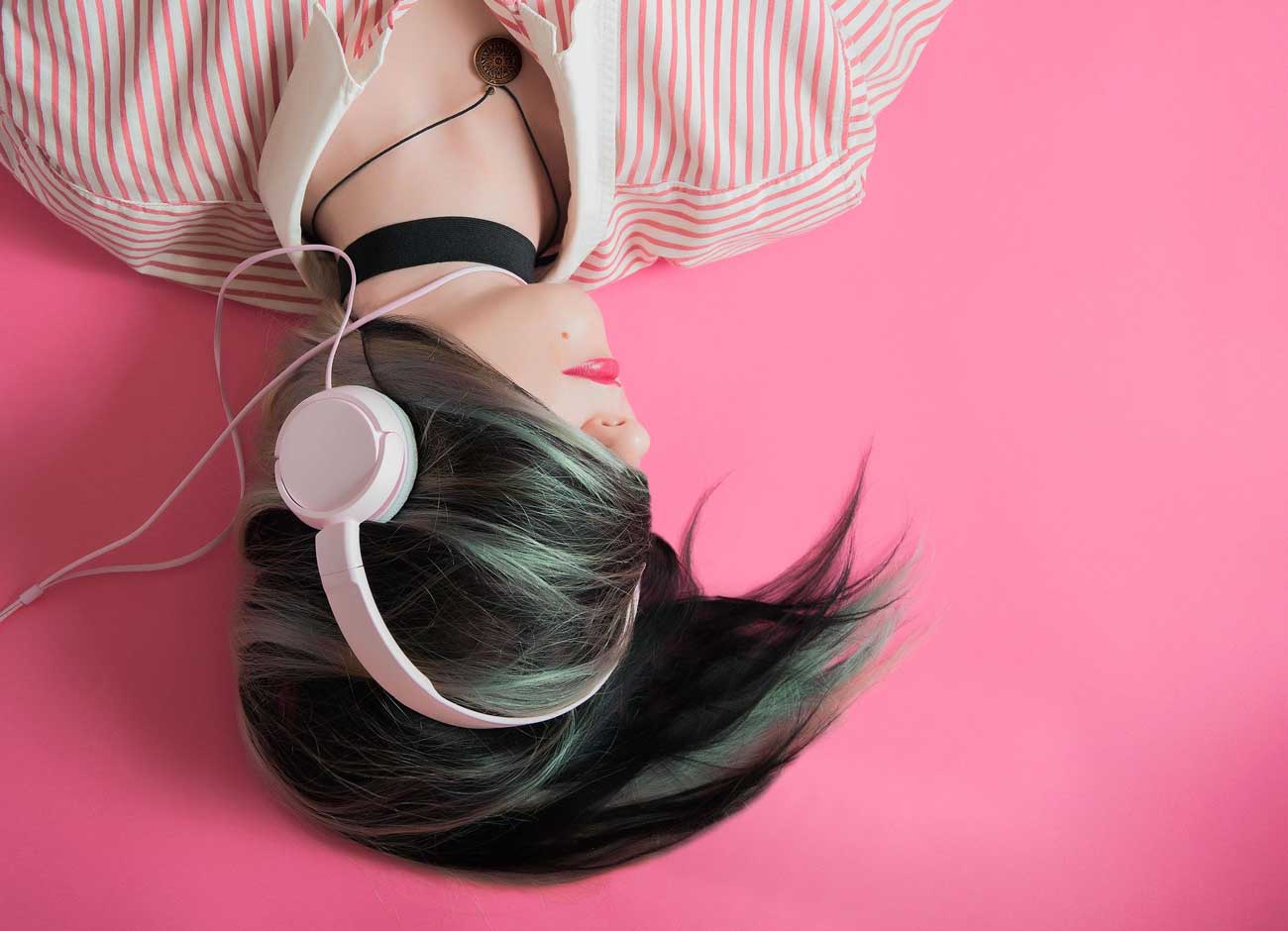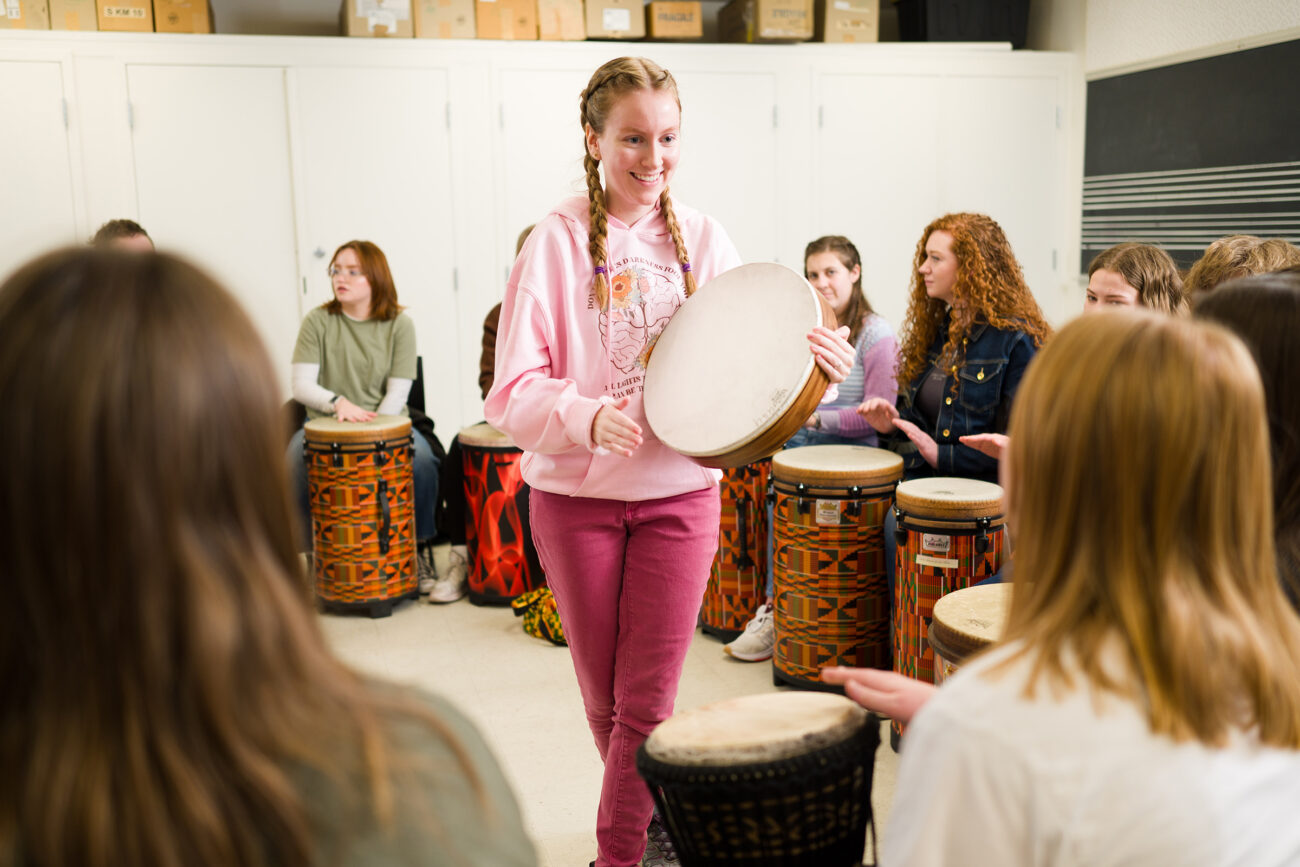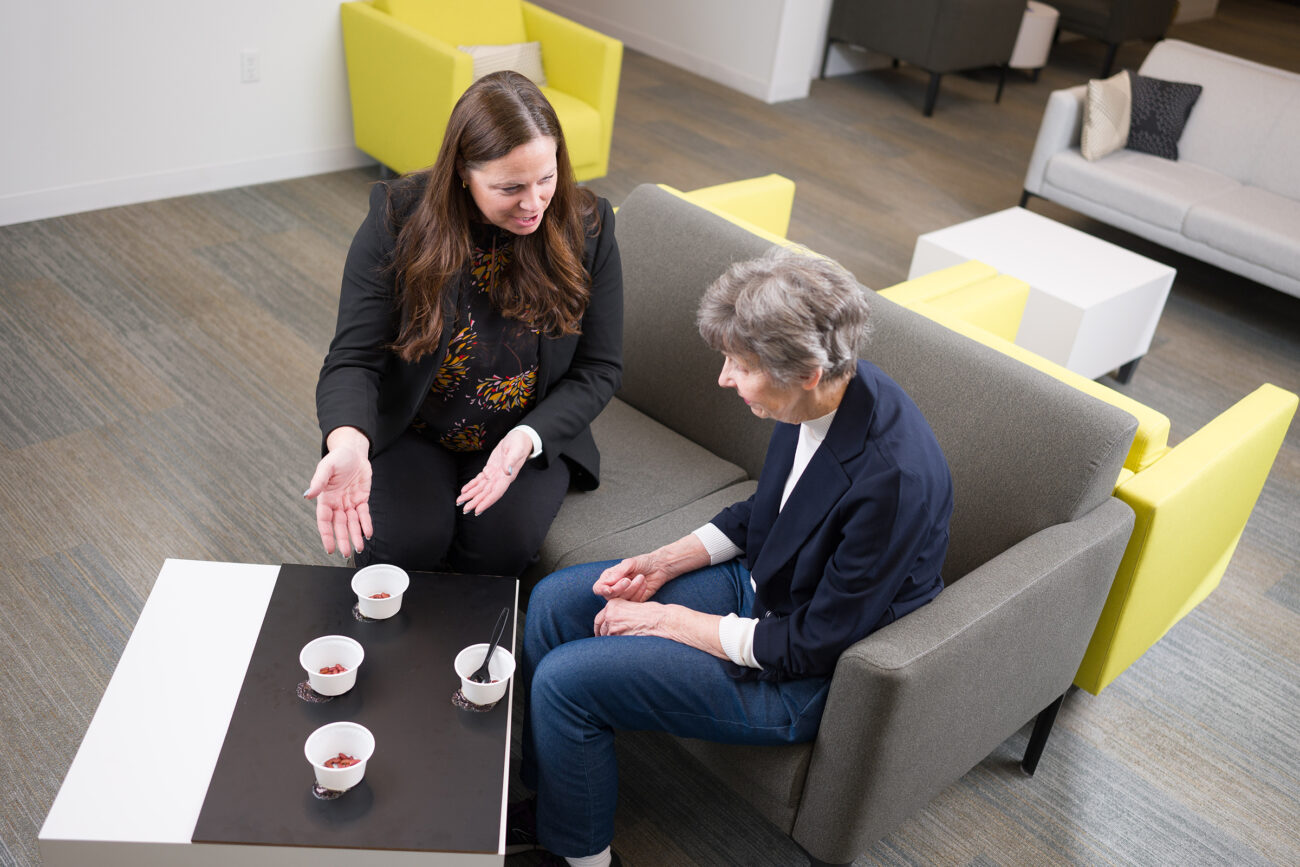The Kids are (Not?) Alright

Hopes were high as young students returned to the classroom in late August, just over five months after the COVID-19 pandemic led to the abrupt end of in-person learning at schools across Utah.
But Tyler Renshaw, an associate professor of psychology, and founder and lab director of the School Mental Health Partnership (SMHP) at Utah State University, says he and graduate students in the partnership quickly came to a concerning realization: many school- children were suffering from a much higher stress level than previously seen at the start of a school year.
“Typically when kids come back to school at the beginning of the fall, it’s their best time of the year because they’ve just come off a great break during the summer,” he says. “They haven’t had the stressors of school … But we saw a different situation coming into this school year. It’s the same distribution of problems that we always have, but they’re just more elevated. Usually it’s around early November when things kind of start to deteriorate, and also again towards the end of winter.”
He believes that many students weren’t able to enjoy their usual outlets for fun and relaxation due to the pandemic over the summer and returned to school in the fall suffering from higher stress levels, leading to a lot more risk assessments, specifically for suicide risk in adolescents.
But Renshaw says starting out at an elevated stress level doesn’t necessarily translate to bigger issues for young students later in the school year, and that through the SMHP there are resources that can help them cope with life’s usual challenges, as well as something as unique as the coronavirus.
“The pandemic is just this really unusual and really durable condition that is causing lots of a stress, so we have to think of it just within the frame of stress management,” Renshaw says. “And the pandemic is one really huge stressor.”
Ironically, he and his grad students witnessed a very different trend last March after schools were suddenly forced to move to online learning. Many of the young students who had been struggling with emotional problems improved substantially when COVID-19 protocols were initially put into place.
“They reported that they liked not coming to school; that staying home was kind of like a vacation for them and a vacation from their stressors,” Renshaw says. “Our hypothesis is that a lot of the things that were making them anxious or maintain depression came from either social- or performance-based things that were really centered around the school environment, and all of a sudden, all of those things went away.”
The creation of the SMHP at the start of the 2019–20 school year proved to be fortuitous as graduate students provided mental health services at three schools in the Logan City School District via telephone and/or online delivery methods once the pandemic arrived.
“The pandemic is just this really unusual and really durable condition that is causing lots of a stress, so we have to think of it just within the frame of stress management, And the pandemic is one really huge stressor.”
Tyler Renshaw
The SMHP worked so well last school year, that for 2020–21, the program has grad students providing mental health services at additional elementary schools in the Logan City School District, schools in the Rich School District in Rich County, and at Edith Bowen Laboratory School on the Logan campus. In all, 10 graduate students are currently involved in the SMHP this school year, working either 10- or 20-hour weeks.
“It’s a very true-to-life practicum experience in that we’re actually on the ground and providing services in a very realistic setting,” Renshaw says. “It’s not like a laboratory setting where there are artificial conditions in place; they’re bumping into these real challenges all the time.”
The COVID-19 pandemic has greatly increased the demand for free mental health services in Utah schools but Renshaw doesn’t see much opportunity for growing the SMHP in the near future, primarily because he is currently the program’s lone supervisor.
“We definitely have had some success stories in that we have demonstrated time and time again improvements in outcomes of the kids we work with,” Renshaw says. “And we suspect that we’re reaching a lot of students who wouldn’t be getting services elsewhere if we weren’t in those schools.”
Tips for Talking with Kids





